

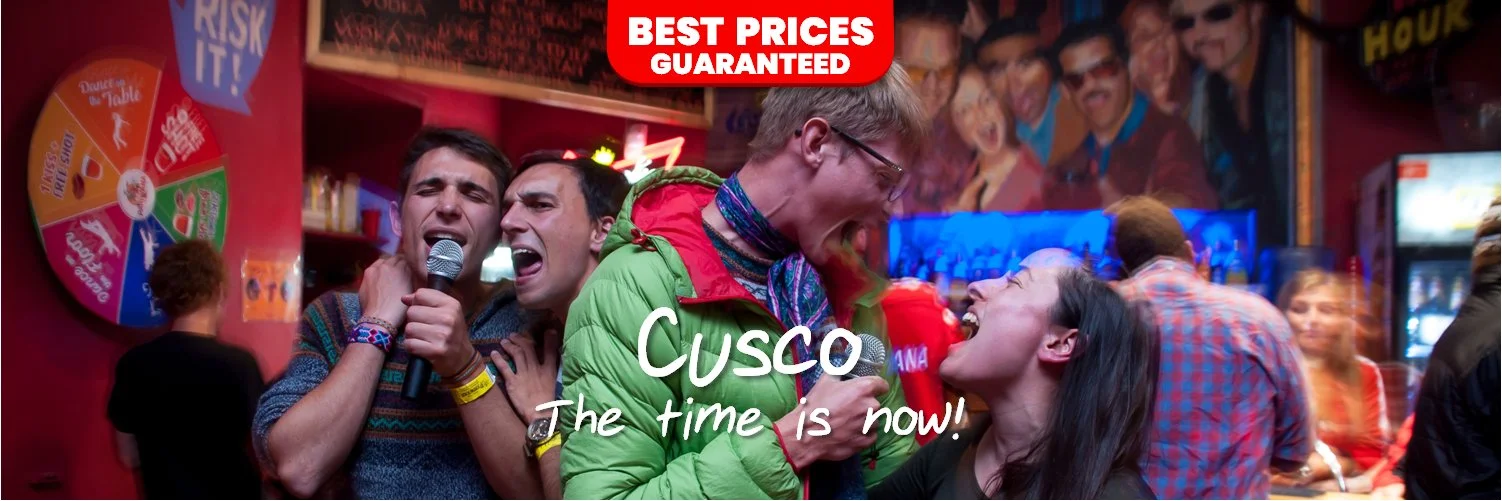
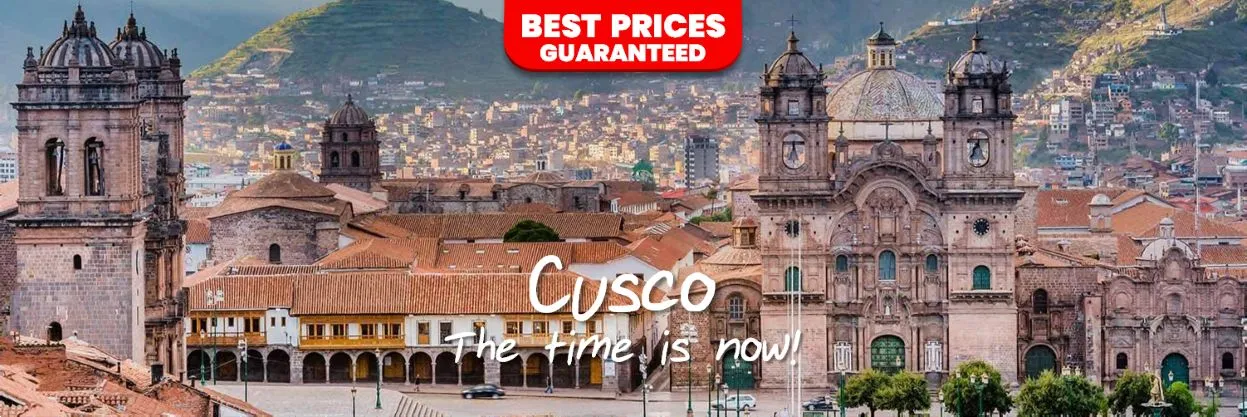
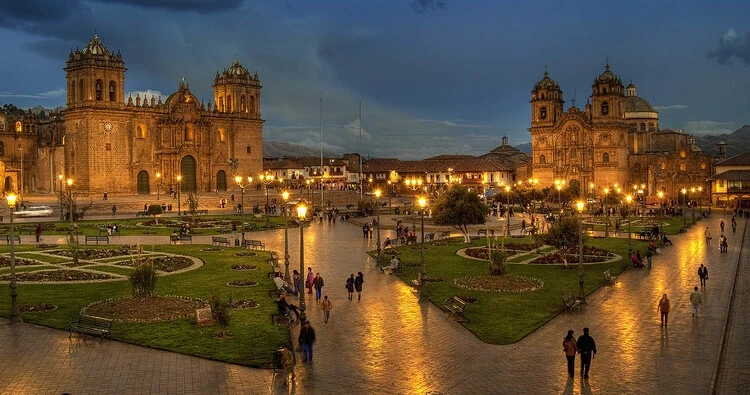
Cusco isn’t a city you just visit — you feel it.
The moment you step off the plane and breathe in that thin mountain air, you know you’ve arrived somewhere different. Once the capital of the Inca Empire and now a UNESCO World Heritage Site, Cusco blends centuries of history, spirituality, and Andean energy in every cobblestone street.
Between its colonial churches, Inca walls, and mountains that seem to guard the skyline, Cusco merges the ancient and the modern effortlessly. Backpackers cross paths with locals speaking Quechua, markets burst with colour, and music echoes through narrow alleys. It’s a place where time slows down, and every corner hides a story.
Traveling here means immersing yourself in Andean culture — tasting coca tea, hearing pan flutes, watching artisans weave by hand, and breathing in crisp air that smells faintly of wood smoke and adventure. Cusco teaches you to wander, not rush.
👉 Backpacker tip: take it easy your first night. Move slowly, stay hydrated, and let your body adjust to the altitude. For smart prep, read this article on how to prevent altitude sickness in Cusco and the Andes.
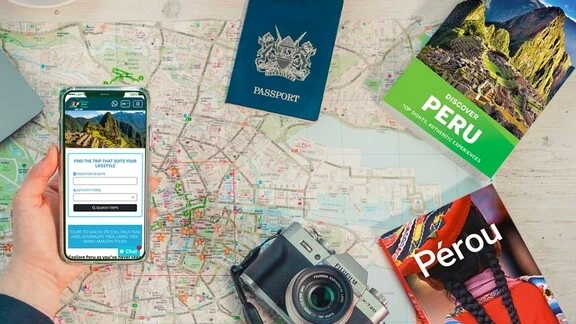
Cusco welcomes visitors year-round, but the weather shifts dramatically by season. The dry season (May – September) brings bright skies and ideal trekking conditions, with daytime temps between 50 °F and 68 °F (10 °C – 20 °C). Nights can drop close to freezing, especially in June and July. The rainy season (November – March) paints the hills green and fresh but expect heavy afternoon showers — a poncho will be your best friend.
If you want clear skies and lively festivals, aim for May or June. That’s when the city celebrates Inti Raymi, the grand Sun Festival that revives Inca traditions in full colour.
Getting there is easy: one-hour flights from Lima run daily, or if you’ve got time and an adventurous streak, an overnight panoramic bus takes around 20 hours through breathtaking Andean landscapes.
Altitude sits at 11,152 ft (3,399 m) — so treat it with respect. Hydrate well, eat light, and skip alcohol the first couple of days. Bring some cash in Peruvian soles; not all shops take cards.
👉 Useful extra: check visa and travel requirements for your nationality on PromPerú before you fly. Download the Free Maps of Lima & Cusco so you can start exploring as soon as you land.
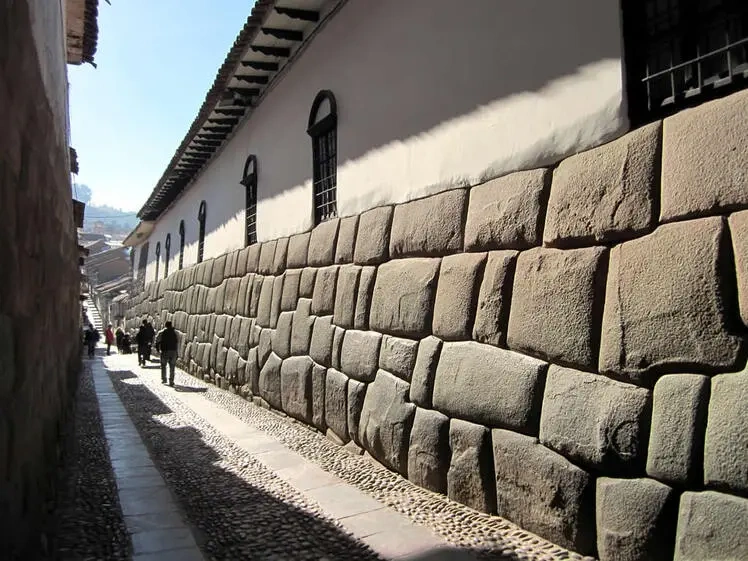
Cusco could easily be an open-air museum — but it’s far more alive than that. Once the beating heart of the Tahuantinsuyo, the vast Inca Empire, the city still pulses with traces of that glory. You can literally touch history at Qorikancha, the Temple of the Sun, whose perfect Inca stonework forms the base of a colonial convent.
Above town, the mighty ruins of Sacsayhuamán dominate the horizon, while downtown alleys reveal tiny cafés, murals, and hidden courtyards. Cusco’s vibe today is a mix of heritage and creativity: music spilling from bars, street art brightening ancient walls, and locals proudly keeping old customs alive.
Don’t miss the San Pedro Market, a whirlwind of scents and smiles where you can taste fresh juices, buy handmade crafts, or simply watch daily life unfold.
👉 Local tip: join a free walking tour or grab the Pariwana Free Maps to orient yourself. It’s the easiest way to find secret spots beyond the tourist routes — and save time for the moments that matter.
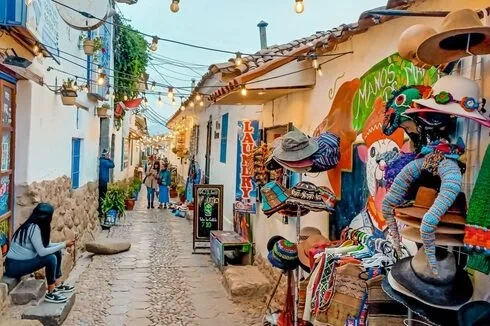
Choosing the right neighbourhood can define your Cusco experience. The Historic Centre is where everything happens — the Plaza de Armas, top restaurants, buzzing nightlife, and most major attractions. It’s lively, walkable, and one of the safest areas in the city.
Just uphill lies San Blas, the city’s artistic quarter. Picture narrow cobblestone streets, white-washed houses with blue balconies, and small galleries run by local artisans. San Blas is perfect if you want slower mornings, sunset views, and nights filled with live music.
If you’re after a place that mixes comfort, location, and a social vibe, Pariwana Cusco is a favourite among young travellers. It blends stylish communal areas, fun daily activities, and the kind of backpacker community where friendships form fast.
👉 Practical tip: book early if you’re coming between June and August — Cusco fills up quickly, and the best-located hostels sell out weeks in advance.
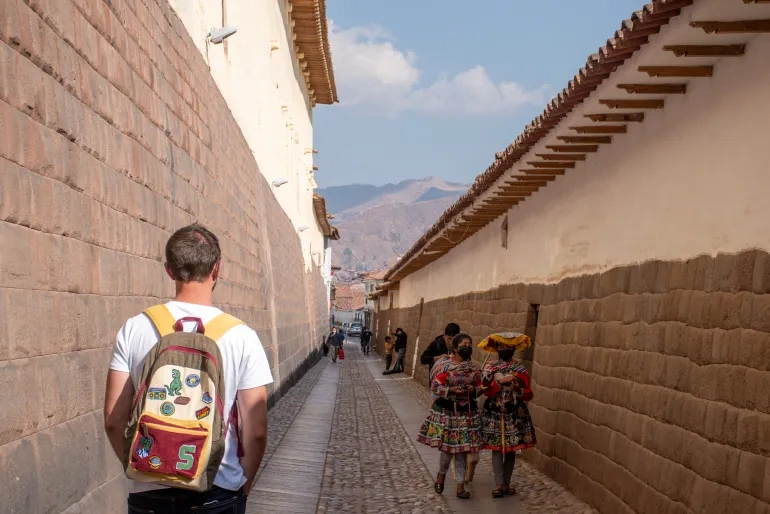
Cusco is compact enough to explore on foot — every street seems to lead to something beautiful. Walking is half the magic: stone alleys, hidden courtyards, sudden views of red-tiled roofs and distant peaks. Just remember the altitude; take your time and enjoy the pace.
For longer trips or lazy days, local taxis are cheap, but always agree on the fare first and stick to official cars. Apps like InDriver and Cabify also work well in the city.
Planning to visit nearby ruins such as Qenqo, Tambomachay, or Puka Pukara? Hop on a tourist bus or shared minivan from the centre. And if you’re heading to the Sacred Valley, minibuses from Pavitos Street are the classic backpacker choice — budget-friendly, scenic, and surprisingly efficient.
👉 Pro tip: keep small change handy, carry a light jacket, and never trust the weather entirely. In Cusco, you can experience all four seasons before lunch — and that’s part of its charm.
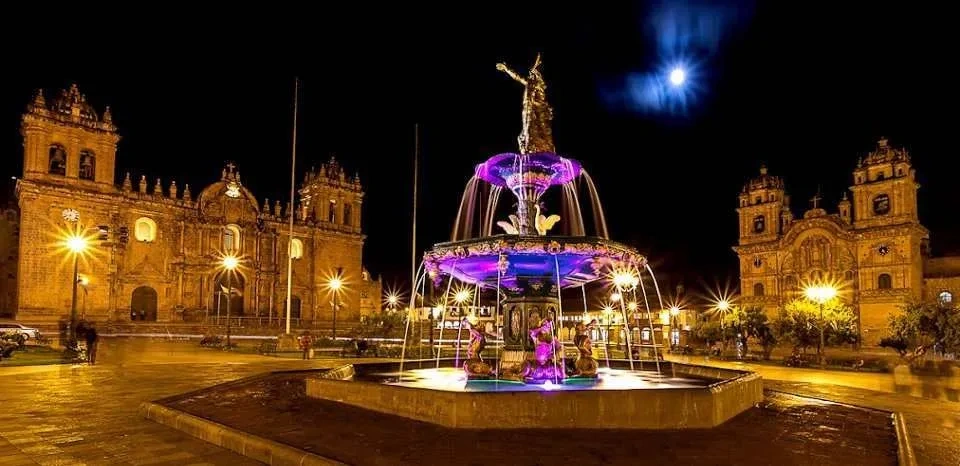
Cusco is not a place you just tick off your list — it’s a city to live and breathe. Every street whispers history, every plaza invites you to linger. Start where it all converges: the Plaza de Armas, a living postcard framed by colonial balconies, lively cafés, and locals chatting under the arcades. From here, wander to Qorikancha, the legendary Temple of the Sun, where perfect Inca masonry meets Spanish architecture in a single frame.
Head uphill to San Blas, Cusco’s creative soul. Artists paint, musicians perform, and travellers sip coffee overlooking the rooftops. For a deeper dive into heritage, the Inka Museum and the Museum of Pre-Columbian Art showcase the genius behind the empire that once ruled these mountains.
When the city feels too small, climb to Sacsayhuamán, an astonishing fortress overlooking Cusco. Its giant stones fit together so precisely they defy logic — and the sunset views are unreal. Continue to Qenqo, Tambomachay, and Puka Pukara, a chain of ruins that trace the Inca’s sacred geography.
Need a recharge? The San Pedro Market is a kaleidoscope of colour and chaos. Fresh fruit juices, warm empanadas, alpaca sweaters — everything smells like life itself.
👉 For more ideas and inspiration, read Top 10 Things to Do in Cusco for Young Travelers.
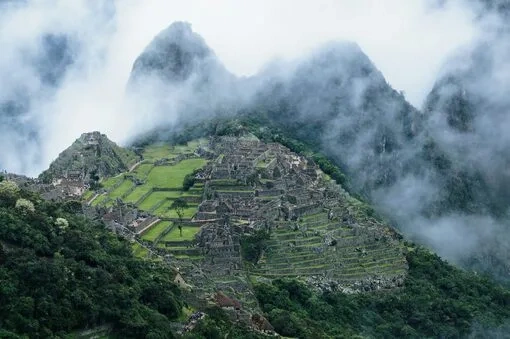
Cusco is the perfect launch pad for exploring the Andes. Of course, Machu Picchu is the dream — but getting there can be half the adventure. You can take the train from Ollantaytambo or hike one of several trails: the classic Inca Trail, the scenic Salkantay Trek, or the adrenaline-filled Inca Jungle Trail that mixes biking, rafting, and hiking.
Before booking, check this helpful guide: Machu Picchu Tickets 2025 – Buy Online in Advance.
But don’t stop there. The Sacred Valley of the Incas is packed with gems: Pisac, with its artisan market; Chinchero, known for traditional weaving; and Ollantaytambo, where ancient terraces and alleys remain intact. Add Moray and the Maras Salt Mines for a perfect mix of culture and landscape.
Want something different? Explore the Southern Circuit, a lesser-known route that includes Tipón, famous for its Inca hydraulic engineering, Piquillacta, a pre-Inca archaeological site, and Andahuaylillas, dubbed the Sistine Chapel of the Andes for its baroque murals.
Finally, chase colour and altitude at the Rainbow Mountain (Vinicunca) or the turquoise Humantay Lagoon — both unforgettable hikes surrounded by snow peaks.
👉 Find trail advice in Trekking in Cusco: Best Beginner-Friendly Routes.
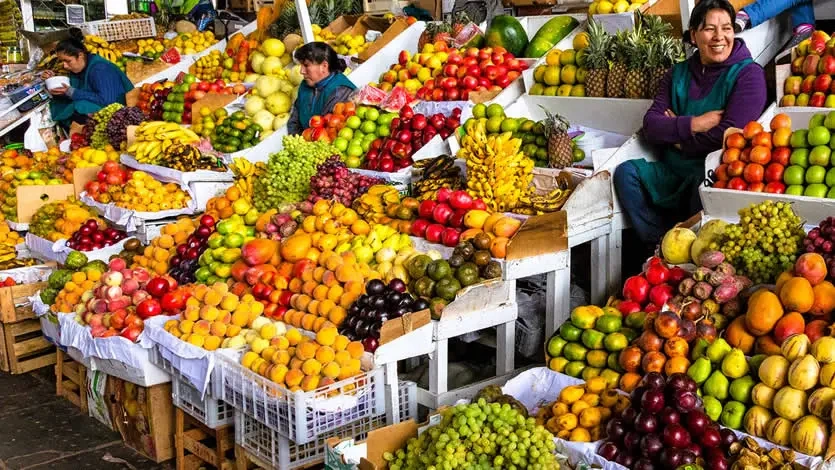
Cusco tastes like the Andes: earthy, hearty, and full of stories. Traditional dishes combine native ingredients with colonial influence, creating one of the most fascinating food scenes in South America. Try cuy al horno (roasted guinea pig), chiri uchu — a festival dish loaded with Andean flavours — or a comforting quinua soup on a cold night.
Food markets are where the magic begins. Wander through San Pedro Market, where locals sip fresh fruit juices and eat lunch at humble food stalls. It’s noisy, crowded, and absolutely authentic.
Around the centre, you’ll also find young chefs reinventing local recipes with modern twists. And if you want quality Peruvian food without overspending, the restaurant inside Pariwana Cusco serves delicious, freshly made dishes at backpacker-friendly prices — the perfect combo of flavour and budget.
Want to learn more about Peruvian gastronomy? Check out Peruvian Cuisine: 7 Must-Try Dishes for Every Traveler.
To drink, nothing beats a pisco sour at sunset or a mate de coca to keep you warm at night.
👉 Local tip: Follow the locals — if a place is busy, that’s where you’ll find the real flavours of Cusco.
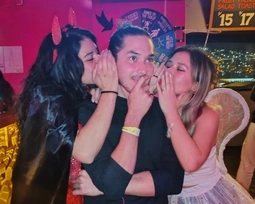
When the sun goes down, Cusco lights up. The Plaza de Armas becomes the city’s social heartbeat — bars, rooftops, and live-music venues come alive as backpackers, locals, and guides unwind together.
The atmosphere is friendly and open: dance floors filled with laughter, cold beers shared between strangers, and Latin beats echoing through colonial arches.
For travellers who love a lively scene, Pariwana Cusco is more than a place to sleep — it’s a community. Nights here often feature beer-pong tournaments, salsa classes, themed parties, or trivia nights. Check out the current schedule on Pariwana Cusco’s Activity Lineup.
If you’re after something quieter, visit a peña for live Andean music or a cosy café with acoustic sets.
Cusco is considered safe, but it’s smart to stay aware: walk along main streets at night, keep your valuables close, and share rides when possible.
👉 Traveler tip: Most bars close around midnight, though weekends last longer. And remember — Cusco wakes up early, so pace yourself if you want to catch that morning tour.
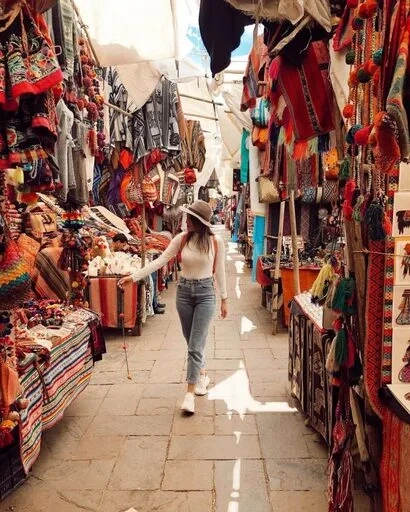
Shopping in Cusco is more than buying souvenirs — it’s supporting centuries-old craftsmanship. The region is famous for alpaca wool, vibrant dyes, and symbolic patterns that tell Andean stories.
Start at the San Blas Market, where artisans sell hand-woven scarves, ponchos, and chullos (knitted hats). For bigger markets, head to Pisac in the Sacred Valley — its Sunday fair is an explosion of colour and creativity.
Look for items made from certified alpaca fibre (it’s softer and warmer than synthetic blends). You’ll also find pottery, silver jewellery, carved gourds, and Andean instruments — each piece handmade and unique.
Many workshops welcome visitors to watch or even try the process. Buying directly from artisans ensures fair prices and genuine quality.
👉 For sustainable shopping tips, check the official pages of PromPerú or the Municipality of Cusco, which list local cooperatives and community markets.
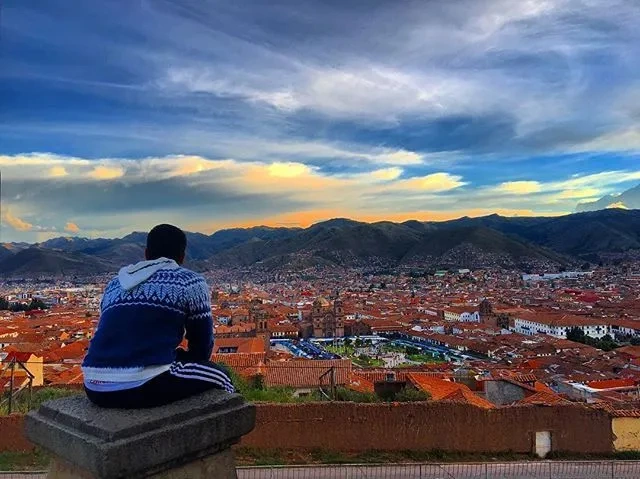
Cusco is one of those cities where small details make a big difference. With a little preparation, your trip will be smoother, safer, and more enjoyable.
Let’s start with the big one — altitude. At over 11,000 ft (3,399 m), the thinner air can hit even seasoned travellers. Drink plenty of water, avoid alcohol and heavy meals on your first days, and let your body set the pace. Coca tea and altitude pills (like Sorojchi) help, but rest and hydration are still your best allies.
Carry some cash in Peruvian soles, especially for small shops, taxis, and markets. ATMs are scattered around the Plaza de Armas, but it’s better not to rely on one card. Exchange money only at official exchange houses for better rates.
Cusco’s weather can change in minutes — sunny morning, stormy afternoon, freezing night. Dress in layers, wear sunscreen (the UV index is strong), and pack a light rain jacket.
Electricity runs at 220V, and sockets are Type A and C — you might need an adapter if you’re coming from North America. Most cafés, hostels, and restaurants offer free Wi-Fi, but for reliable data, get a prepaid SIM card from Claro or Entel.
The city is generally safe, but basic travel sense goes a long way: keep your phone secure, use licensed taxis, and avoid dark alleys late at night. For emergencies, the Tourist Police (dial 105) are bilingual and quick to assist.
👉 Smart move: take photos of your passport, tickets, and booking confirmations. Save them offline — it’s a small habit that can save a trip.
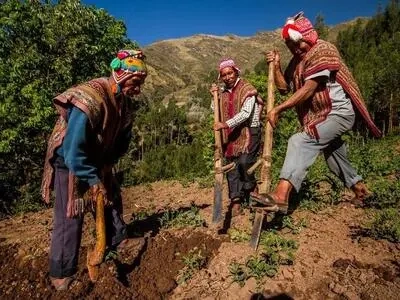
Traveling in Cusco isn’t just about seeing — it’s about respecting. The Andes are home to ancient traditions and fragile ecosystems that thrive only when visitors tread lightly.
Start small: bring a reusable bottle, avoid single-use plastics, and never litter on trails or archaeological sites. Many hostels, including Pariwana, offer free water refills to encourage low-waste travel.
Ask before taking photos of locals or ceremonies. In the Andean worldview, sharing an image is personal — always show gratitude if someone agrees.
Support community-based tourism whenever you can. Eat at local-run restaurants, buy directly from artisans, and choose tours that work with Quechua-speaking guides or indigenous cooperatives. Your money helps preserve culture while empowering those who keep it alive.
The region offers amazing eco-experiences too: weaving workshops in Chinchero, cacao or coffee tours in the Sacred Valley, and volunteering with reforestation or education projects. These encounters are often the most rewarding memories travellers take home.
For inspiration, read Travel and Care – The Sustainable Actions of Pariwana Hostels, which shares how small, conscious choices can create lasting impact.
👉 Golden rule: take only photos, leave only footprints, and give something back — even if it’s just kindness and curiosity.
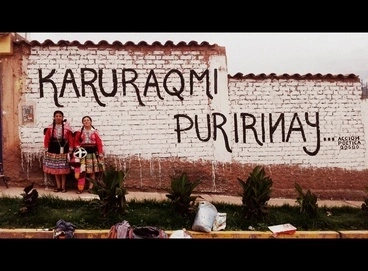
Spanish will take you far in Cusco, but sprinkle in a few words of Quechua and you’ll earn instant smiles. The local mix of languages gives the city its rhythm — here are some phrases worth learning:
In Quechua:
Allinllachu? = How are you?
Sulpayki = Thank you.
Tupananchiskama = See you later.
Ñawi kachun = Take care.
In Peruvian Spanish slang:
Causa = Friend or buddy.
Un toque = Wait a moment.
Chela = Beer.
De la patada = Awesome or cool.
Locals appreciate any effort to speak their language — it shows respect and openness. Try it at markets or on colectivos; you’ll notice warmer smiles and easier interactions.
Many hostels, including Pariwana Cusco, offer language exchanges or short Spanish and Quechua lessons as part of their cultural activities. It’s a fun, social way to learn while meeting travellers from all over the world.
👉 Pro tip: combine words with gestures and good humour — communication in Cusco is as much about heart as vocabulary.

Even in the friendliest destinations, it’s smart to know who to call when things go sideways. Cusco is safe and welcoming, but altitude, lost documents, or a stomach bug can surprise anyone.
For any emergency, dial 105 for the Tourist Police — they speak English and operate 24/7. You can also reach the Tourism Information & Assistance Centre (IPERÚ) at +51 1 574 8000 or via informes@promperu.gob.pe.
Hospitals:
Regional Hospital of Cusco (public, general care).
Clinica Pardo and O2 Medical Network (private, recommended for travellers — both specialise in altitude sickness and traveller medicine).
If you lose your passport, report it at the Tourist Police Station on Avenida El Sol, then contact your country’s embassy or consulate in Lima for replacements or legal help.
During the rainy season (November–March), some routes or treks can temporarily close due to landslides. Before heading out, check updates from the Cusco Culture Office or the Cusco Tourist Ticket – COSITUC.
👉 Safety tip: write down your hostel’s phone number and address. In an emergency or taxi ride, it’s faster than scrolling your phone with shaking hands.
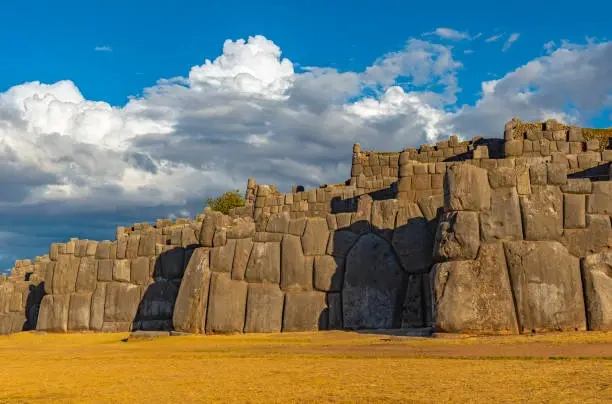
There are places you visit and others that stay with you — Cusco belongs to the second kind. Maybe it’s the smell of incense drifting from a church, the laughter of vendors at San Blas, or the silent sunrise over Machu Picchu. Whatever it is, this city finds a way to leave its mark.
For many backpackers, Cusco is more than a stop — it’s a turning point. You learn to slow down, to appreciate simplicity, to see travel as connection rather than checklist. The magic here isn’t only in the ruins; it’s in the people, the mountains, and the rhythm of life that runs a little deeper.
Before you go, climb once more to Sacsayhuamán and look down at the red roofs below. The city seems alive — past, present, and future blending under the Andean sun.
Whether Cusco is your first stop in South America or the final chapter of a long adventure, it will always welcome you back like an old friend.
👉 Final thought: travelling here isn’t just about seeing the world — it’s about finding a piece of yourself in it. And once you’ve walked these streets, Cusco never really lets you go.